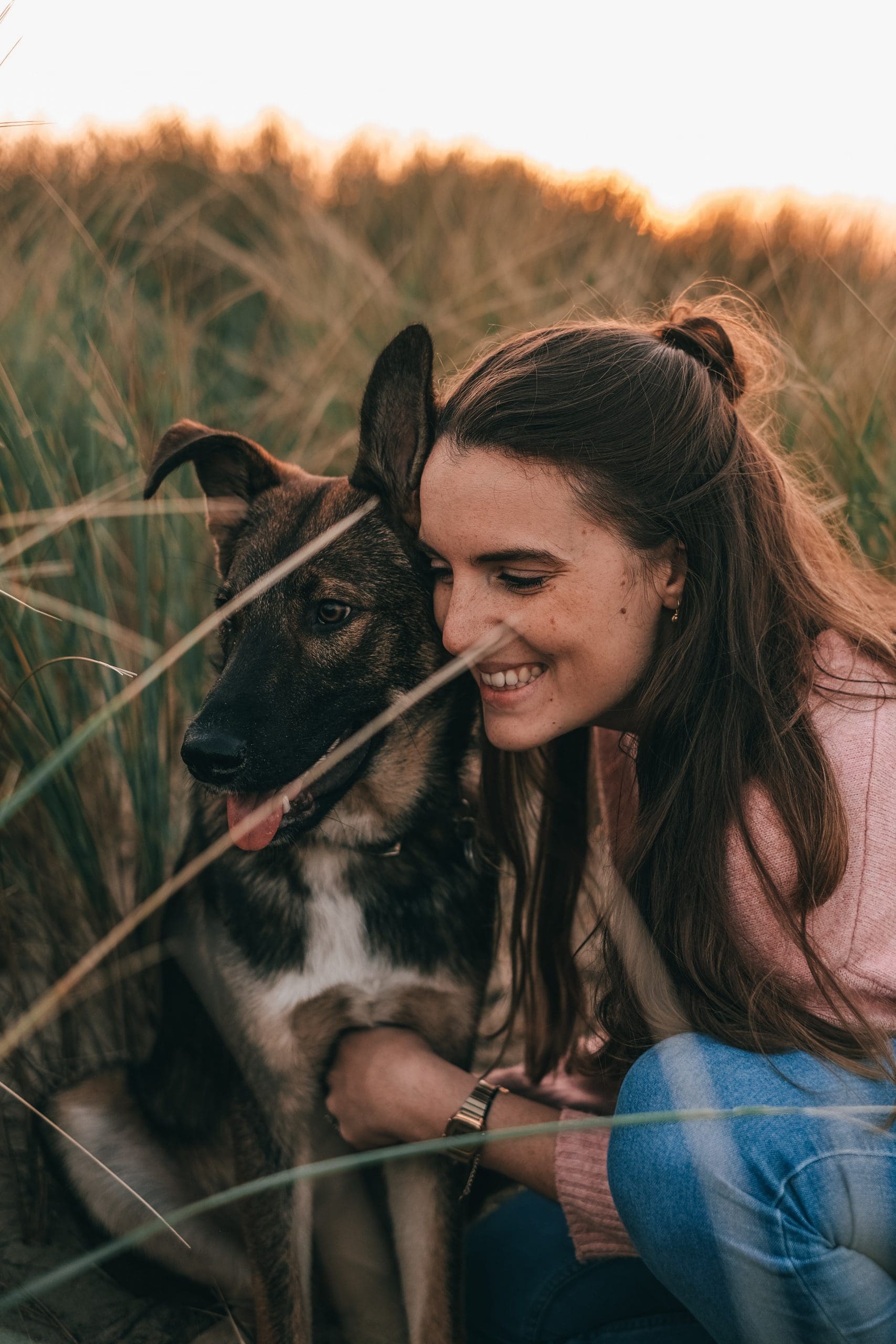As a dog owner, you may face a situation where your furry friend gets a wound. Whether from playful antics at the park, a scuffle with another animal, or an accident at home, knowing how to clean a dog wound is vital. Proper wound care prevents infection, promotes healing, and keeps your dog comfortable during recovery.
Stay Calm and Assess the Wound
When you first notice a wound, remain calm. Your dog might be anxious or in pain, and your demeanor can influence their reaction. Assess the wound’s severity. If it’s deep, bleeding heavily, or if your dog appears to be in extreme discomfort, seek veterinary assistance immediately. For minor wounds, follow the steps below for effective cleaning.
Gather Your Supplies
Before starting, gather all necessary supplies: clean water, a mild antiseptic solution (like saline or a vet-recommended cleaner), clean cloths or gauze, and possibly some dog-safe antibiotic ointment. Having treats ready can help reward your dog for their cooperation during the cleaning process.
Prepare Your Dog for Cleaning
Choose a quiet space where your dog feels comfortable for the cleaning process. If your dog is anxious, have someone assist you in holding them gently but securely. For small dogs, a table or flat surface works well, while larger dogs may be better suited to the floor.
Examine the Wound Gently
Once settled, gently examine the wound. Look for any debris, such as dirt, hair, or small stones. If you find any, use clean fingers or tweezers to carefully remove them without causing additional pain. If debris is deeply embedded or the wound is red and swollen, consulting a veterinarian is advisable.
Clean the Wound
Rinse the area with clean, lukewarm water to remove dirt and bacteria. For larger or more complex wounds, a gentle stream from a spray bottle can be effective. Avoid using hydrogen peroxide or alcohol, as these can be too harsh and may slow healing. Opt for a saline solution or a veterinarian-approved antiseptic cleaner instead.
Dry and Treat the Wound
After rinsing, gently pat the area dry with a clean cloth or gauze. Avoid rubbing, as this can irritate the wound. Allow the area to air dry for a few moments before applying any treatment. A thin layer of dog-safe antibiotic ointment can help protect the wound from infection. Ensure the product is specifically designed for dogs, as some human ointments can be harmful.
Cover the Wound if Necessary
If the wound is in a location that your dog can easily lick or scratch, covering it with a clean bandage or gauze may be necessary. Ensure the bandage isn’t too tight, as this can restrict blood flow. Regularly monitor the bandage, changing it as needed to keep the wound clean and dry.
Monitor Healing Progress
As your dog heals, keep an eye on the wound for any signs of infection, such as increased redness, swelling, or discharge. If you notice these symptoms or if your dog seems to be in more pain, contact your veterinarian. In some cases, they may need to prescribe antibiotics or other treatments.
Comfort Your Dog During Recovery
Provide a quiet, cozy space for your dog to rest and recover. Limit their activity to prevent further injury, especially if the wound is on a leg or paw. Keeping your dog calm can aid in the healing process. Offering favorite toys or treats can help distract them during this time.
Prevent Licking and Monitoring Healing
Be aware that some dogs may lick their wounds, which can introduce bacteria and delay healing. If your dog persistently licks, consider using an Elizabethan collar to prevent access to the wound. As the days progress, monitor the healing. A healthy wound should show signs of improvement, like decreased redness and swelling. If healing seems stagnant or worsens, consult your veterinarian.
Be Prepared for Future Incidents
For serious wounds, such as deep cuts or punctures, professional veterinary care may be necessary. These types of wounds might require stitches or other specialized treatments. If you suspect a wound is deep or if bleeding doesn’t stop, take your dog to the vet promptly.
Having a pet first aid kit at home can be beneficial, especially if your dog is prone to injuries. Keep it stocked with essentials to handle minor wounds and check expiration dates on medications regularly.
Promote Overall Well-being
Being proactive about your dog’s health can help prevent future injuries. Regular vet check-ups, a balanced diet, and ample exercise contribute to overall well-being. Ensuring your yard is secure and free from hazards also keeps your dog safe during playtime.
Caring for a dog’s wound requires knowledge and preparation. Your attentive approach can significantly impact their recovery process. By following these steps, you can effectively manage wound care and help your furry friend heal comfortably.



